Even without its backstory, No 8 Harcourt Terrace is a fine house on what is widely considered Dublin’s finest Regency terrace. This semi-detached, two-bay ,three-storey over-basement property was built in 1830 by Charles Jaspar Joly, son of Jean Jaspar Joly, who came to Ireland from France as private secretary to Lord William Fitzgerald, according to the National Inventory of Architectural Heritage. It features fluted Doric columns in the ancient Greek revival fashion.
After the Jolys moved out in the late 1800s, it became a preparatory school for boys joining the British navy. You can still see graffiti scratched by one of the lads in of one of the six-over-six pane windows to the rear of the property.
In 1938 the house came into the ownership of Dinah Cahill, who turned it into three flats. She had a vegetable shop at Charlemont Street bridge. While the property is now a protected structure, Cahill gave it its rather modernist rear, where glass brick corner walls connect the main rooms to their returns with a great view of the Grand Canal from the top floor.
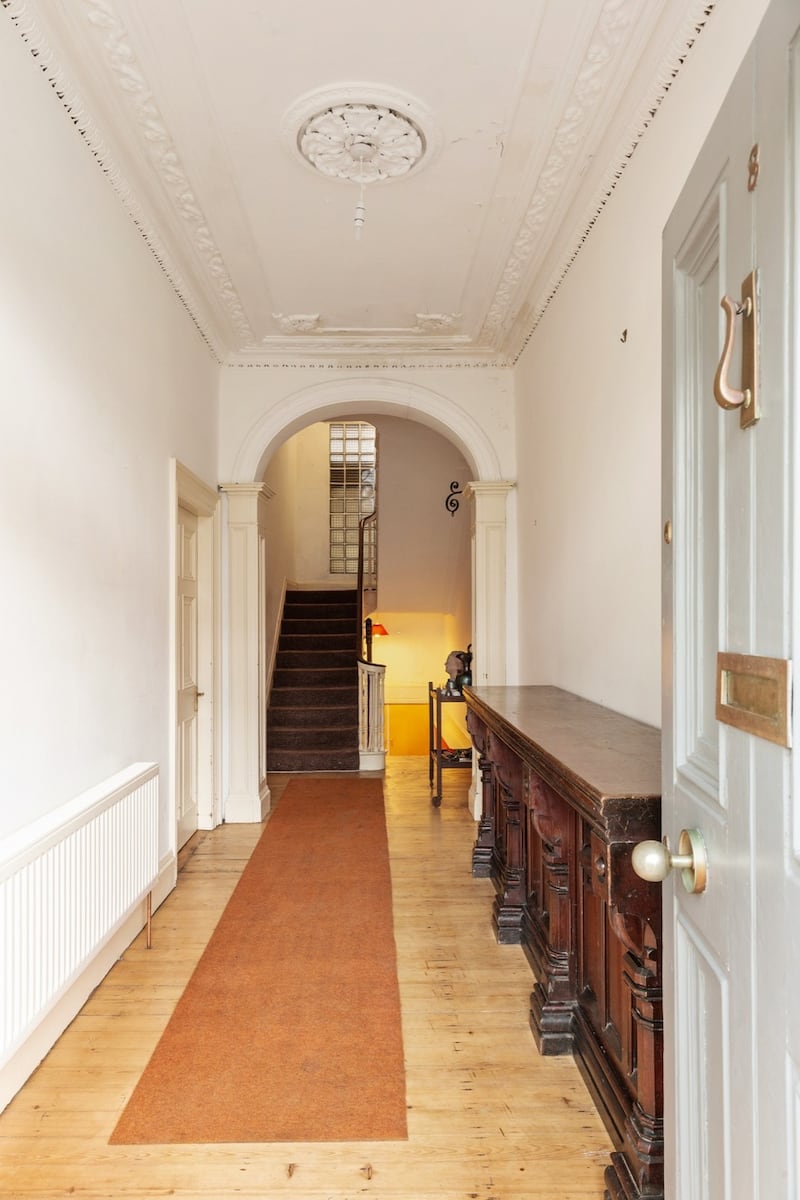
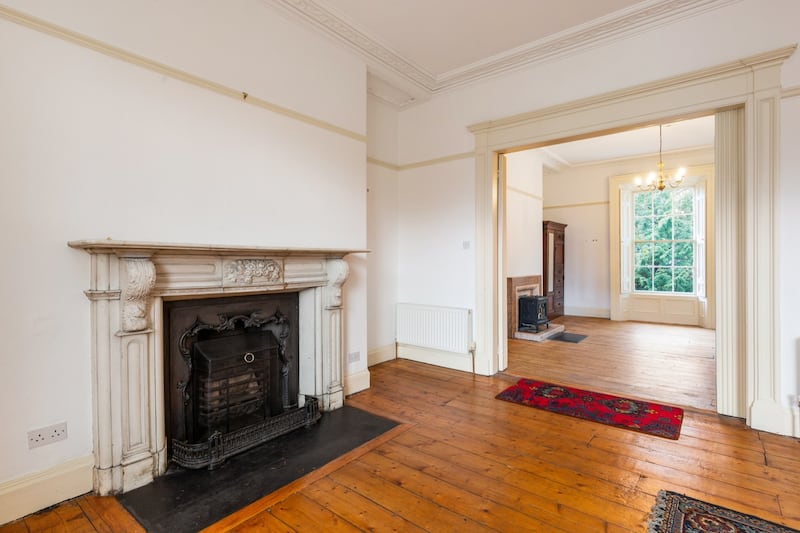
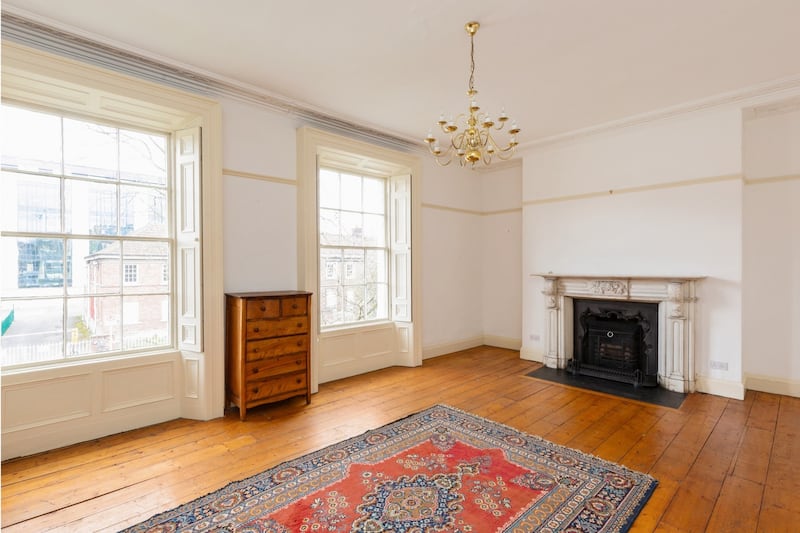
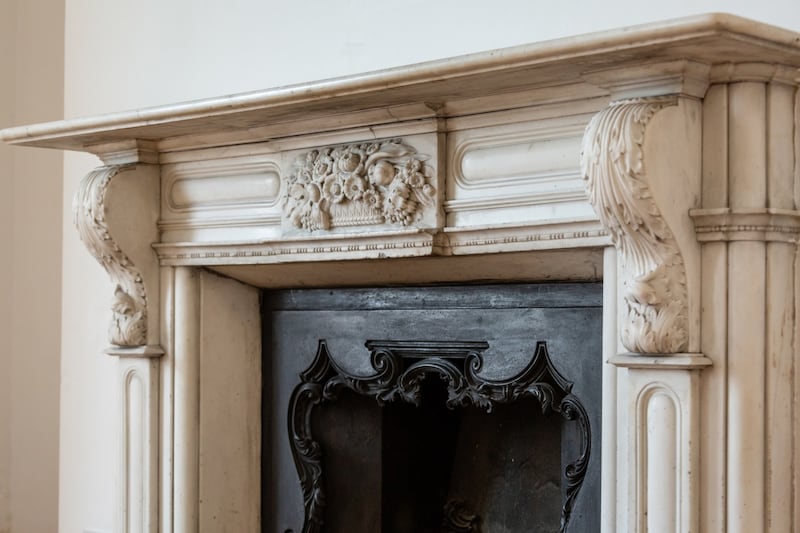
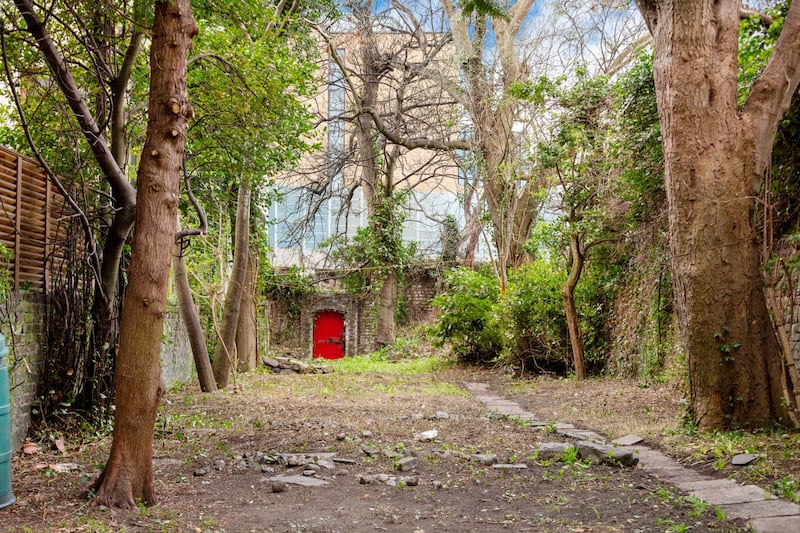
The main part of the house contains two fine rooms on each floor. These are square in shape save for the front rooms, which span the width of the house. Most notable is the one on the piano nobile, which has a fine marble fireplace, coving and views of the canals. At hall level the ceiling heights extend to 3m, rising to 3.3m high on the first floor. Most of the windows still have working shutters.
Cahill left the house to her niece Eileen, who was married to Rico Ross. The couple returned from Boston to live there in 1973. They were stalwarts of the conservation movement through An Taisce, says their niece, art administrator Una Carmody, and they protested the demolition of much of Georgian Dublin, including the destruction of all but the facade of neighbouring numbers 6 and 7 Harcourt Terrace, which had been owned by the Legion of Mary.
The playwright, actor and set designer Micheál MacLiammóir, who lived at No 4 with producer and actor Hilton Edwards, joined them in the protest.
In 1977, while taking up cobblestones to the rear, the Rosses came across a disused well that may have been used as a hiding place by United Irishman Edward FitzGerald when he was on the run in 1798. If only the walls could talk.
While No 8 Harcourt Terrace could become a very smart mansion block of apartments, subject to planning permission, Carmody would “love to think that a family would live in it and really love the garden”. This outside space extends to about 31m (101ft), is west-facing and has mature trees towering overhead, their canopies giving great privacy notwithstanding the property’s city centre location. Alas, there is no visible sign of the well.
The house itself needs complete modernisation, extends to 310sq m (3,336sq ft), and is seeking €2.25 million through agent Lisney.











